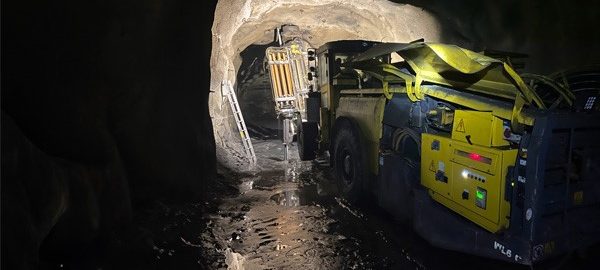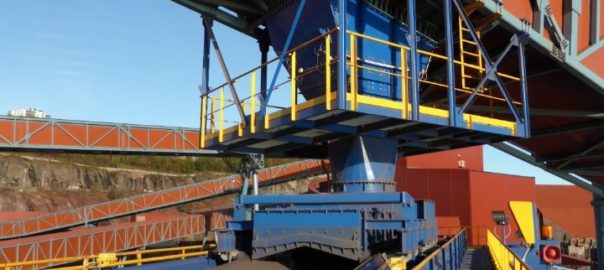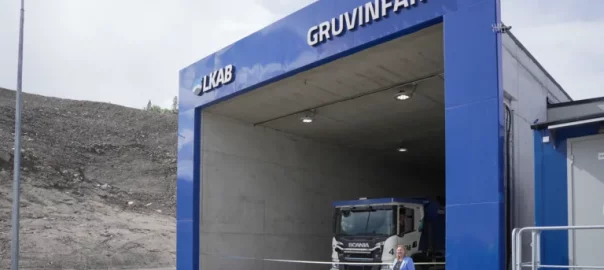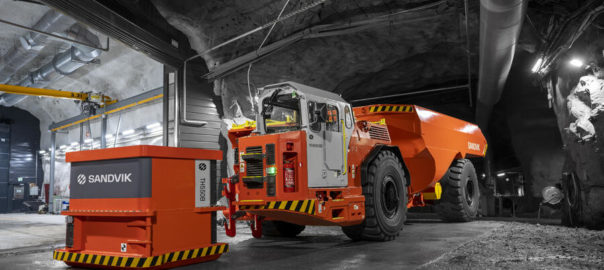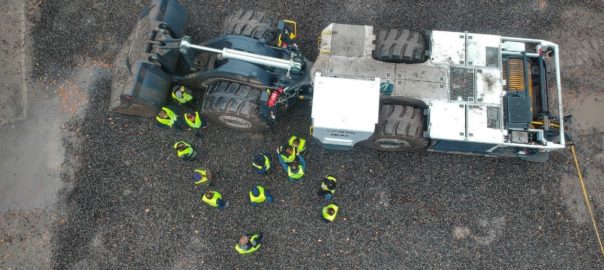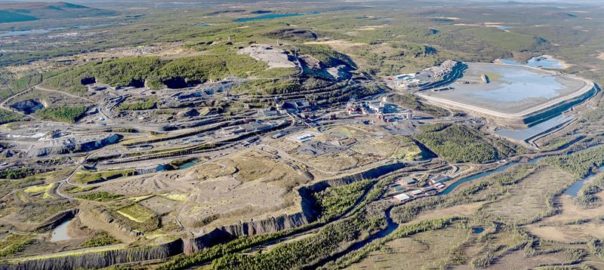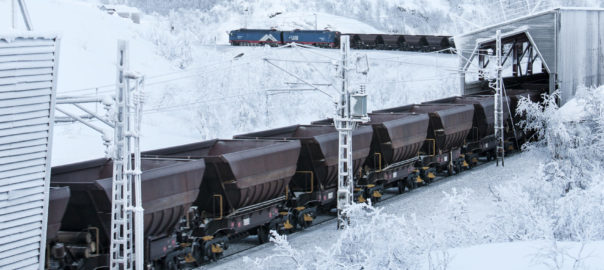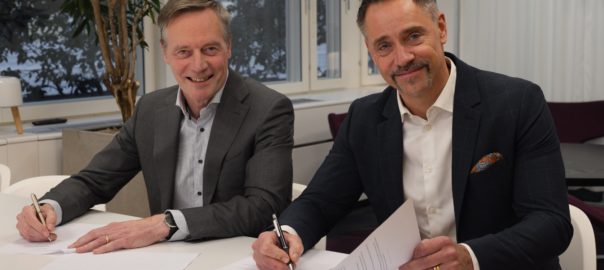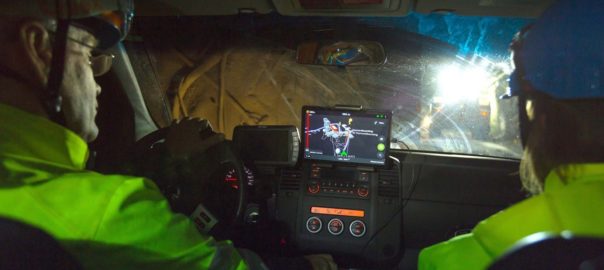Four of Epiroc’s teleremote-controlled Simba E6 C WL production drill rigs have surpassed 1 million drill meters at LKAB’s Malmberget mine in northern Sweden.
This achievement was made possible largely thanks to consistent high-quality service along with well-implemented automation features, the company says.
Björn Öderyd, Production Manager Drilling at LKAB’s Malmberget mine, said: “We are very happy that our Simba drill rigs keep delivering results year after year. Epiroc’s high level of service, performed by skilled technicians, is exactly what is required for today’s automated and sophisticated drill rigs.”
Four out of six Simba production drill rigs in LKAB’s Malmberget mine have now reached the milestone of 1 million drill meters, with the two remaining machines not far behind.
Initially purchased in 2012, the rigs have been operated using Epiroc’s automation solution Automatic Boom Control, ABC Total, together with teleremote control system, enabling an operator to run multiple machines at the same time. By controlling the rigs remotely, operators can enjoy a safe and comfortable work environment and increased production during night shifts and shift changes.
Rickard Johansson, Vice President Marketing at Epiroc’s Underground division, said: “This is twice the performance of the average production drill rig, showing the consistency of the operation and operators at the Malmberget mine. We are proud to see the achievements LKAB have made with our Simba drills, they are truly among the top performing mining operations in terms of Simba productivity.”
LKAB have placed an order of six additional Simba drill rigs with the first machine to be delivered by the end of 2024. The Simba rigs come equipped with the customer-unique LKAB Wassara hammers, as well as smart automation functionality.







